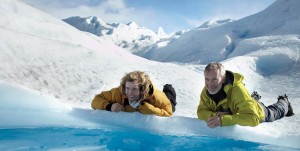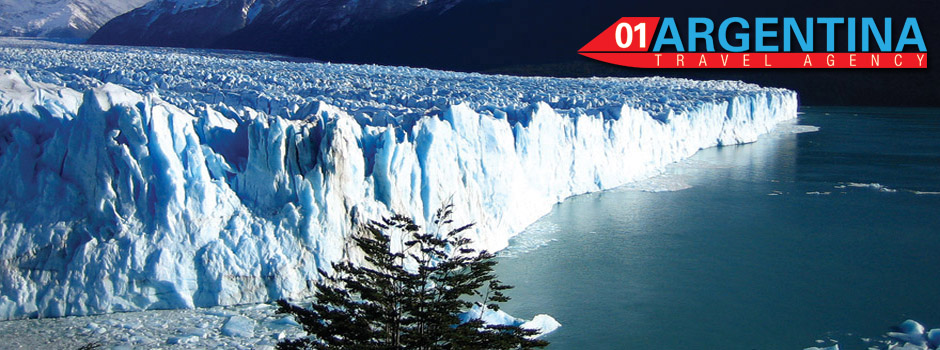To begin to imagine a trip to this amazing destination we describe in this article some useful information for visiting the park and the reasons that make it unique.
 Glacier National Park covers an area of climate change and landscape varied and unique in the world.
Glacier National Park covers an area of climate change and landscape varied and unique in the world.
From high mountains to the Patagonian steppe, everything around constantly changing: the high peaks of the southern Andean chain, snow always, become typical forested hills as they descend southern heights, two of the largest lakes in the continent have their headwaters within the park, and between them, on your left, is the southern continental ice field, one of the largest within a continent, ruling out Antarctica. Then, the steppe that follows the ridge provides a special habitat for a variety of mammals and birds, and the variety of flora between this landscape so desolate it is difficult to imagine.
The main attraction is its glaciers, each with its peculiarities. Also exist in this area almost uninhabited, many prehistoric samples from cave paintings to fossil animals, humans and plants that are worth discovering.
Definitely, Glacier National Park is a unique place in the world, why, in 1981, UNESCO declared “World Heritage”.
Where it is located:
The National Park covers some 6,000 km2, and is located southwest of the province of Santa Cruz. Ranked nascent sector of lakes Viedma and Argentino, and a strip west, which contains the southern continental ice field.
The west boundary coincides with the boundary with Chile between latitudes 49 ° 15 ‘and 50 ° 50’ south, from the hill to Mount Fitz Roy Stokes, containing most of the southern ice field and glaciers descending all the this.



